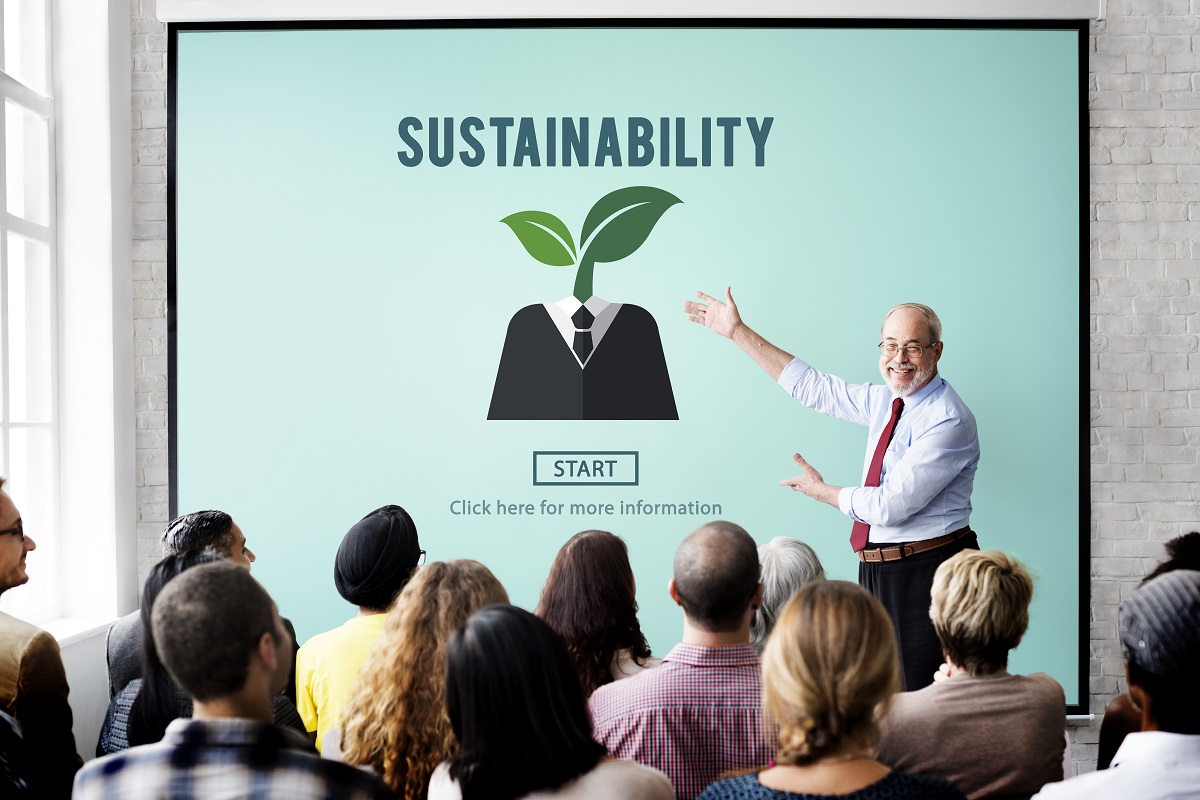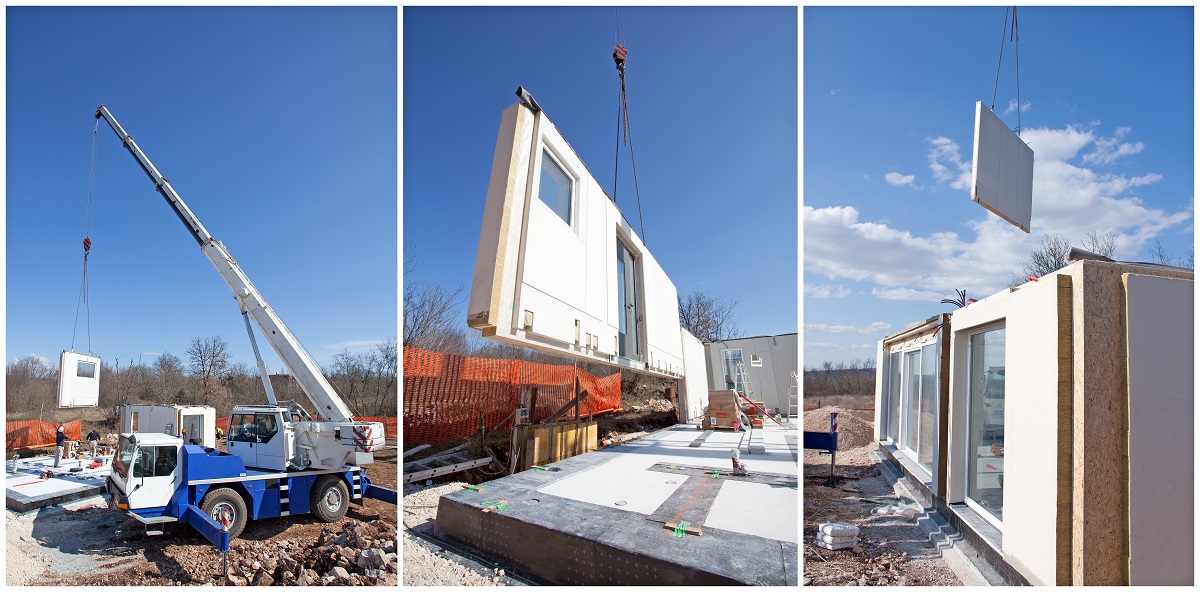- Sustainable office construction benefits the environment, health, and financial aspects by reducing carbon footprints and toxins.
- Innovative practices, such as recycling and repurposing, biophilic design, and modular construction, are influencing sustainable office buildings.
- Actionable strategies like prioritizing electrical installations, upgrading insulation, and choosing low-flow fixtures can enhance sustainability.
- By adopting green practices and strategies in construction, entrepreneurs can realize healthier, cost-effective, and eco-friendly office spaces.
In recent years, there has been an increasing demand for sustainable, eco-friendly office buildings that minimize carbon footprint and contribute to a healthier environment. As the world becomes more conscious about the impact of carbon emissions on the environment, the need for green building practices has become paramount in the construction industry. This article will discuss why sustainable office construction is important, explore some of the innovations in green building practices, and outline some actionable strategies that entrepreneurs can incorporate into their office construction projects.
The Importance of Sustainable Office Construction:

The emergence of sustainable office construction practices stems from the growing need to reduce carbon footprint and combat climate change. With the vast majority of people’s daily lives being spent indoors, the indoor environment plays a critical role in everyone’s well-being and overall health.
Office buildings that feature sustainable and eco-friendly construction materials emit fewer toxins, resulting in better air quality and reducing the occurrence of sick building syndrome. Additionally, eco-friendly buildings consume significantly less energy, translating into lower operating costs and long-term financial savings.
In some cases, office construction projects that use sustainable materials and techniques can qualify for government tax incentives, providing an added financial incentive for entrepreneurs to adopt green building practices.
Innovations in Green Building Practices:
Among the many innovations in green building practices, some stand out for their unique approach to sustainability and energy efficiency. These innovations, among others, are paving the way for a new era of sustainable office construction. Here are some examples:
Recycling and Repurposing:
Incorporating recycling and repurposing strategies into office construction is a practical and effective way to promote sustainability. This involves using recycled or repurposed materials during construction, which reduces waste and limits the extraction of new resources. For instance, reclaimed wood, recycled metals, and demolished concrete can all be reused, providing charm and character to the workspace while contributing to sustainability.
Biophilic Design:
Biophilic design is another innovative strategy in green building practices. This approach integrates elements of nature into the built environment, largely through the incorporation of live plants, natural lighting, and the use of natural materials such as stone or wood. Biophilic design has been shown to improve worker productivity and well-being by creating a more relaxed and inviting atmosphere.
Modular Construction:

Modular construction, in which sections of the building are constructed off-site and then assembled on-site, is gaining popularity in sustainable office construction. It minimizes construction waste, reduces the project’s timeline, and ensures a more precise building process. It also allows for better quality control, as sections can be pre-tested for structural integrity before being transported to the site. This innovative approach not only promotes green building practices but also increases efficiency and cost-effectiveness.
Actionable Strategies for Sustainable Office Construction:
There are also some actionable strategies entrepreneurs can incorporate into their office construction projects to promote sustainability. These are simple changes and modifications that can have a positive impact on the environment while also improving worker productivity and safety. Here are just some ideas:
Prioritize Electrical Installations:
Partnering with a reliable industrial electrical technician and ensuring proper and efficient electrical installations is essential for sustainable office construction. Improper wiring and electrical connections can have disastrous consequences, including potential fire risks. Investing in a safe and efficient electrical system will not only ensure the safety of your workspace but also help save energy and lower utility bills over time.
Upgrade Building Insulation:
Upgrading building insulation is one of the easiest ways to improve the sustainability of an office space. Insulation helps regulate the indoor temperature, reducing the need for excessive heating and cooling while minimizing energy consumption. This simple upgrade can also lead to long-term financial savings, with some estimates suggesting up to 40% in energy costs.
Choose Low-Flow Water Fixtures:
Low-flow water fixtures are becoming increasingly popular in office buildings as they reduce water consumption and can result in significant cost savings. Low-flow faucets, toilets, and showerheads are all efficient options that can help reduce the office’s water usage without sacrificing performance or style.
Sustainable office construction is the way of the future. By embracing the latest green building practices, entrepreneurs and startups can build office spaces that offer numerous benefits, including healthier environments for employees and viable positive financial outcomes, including cost savings. By using innovative green building practices such as biophilic design, modular construction, and eco-friendly materials and crafting actionable strategies during construction, builders can create sustainable office spaces that contribute to a healthier world that both workers inside and society outside the building can benefit from.
